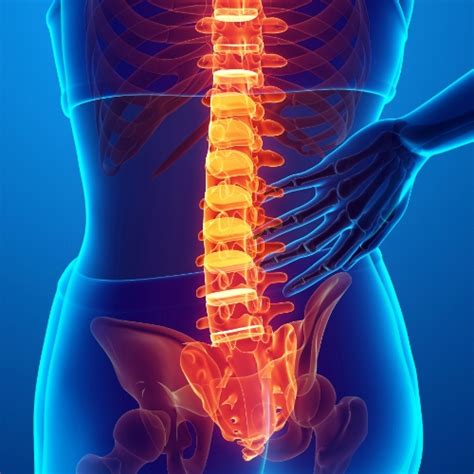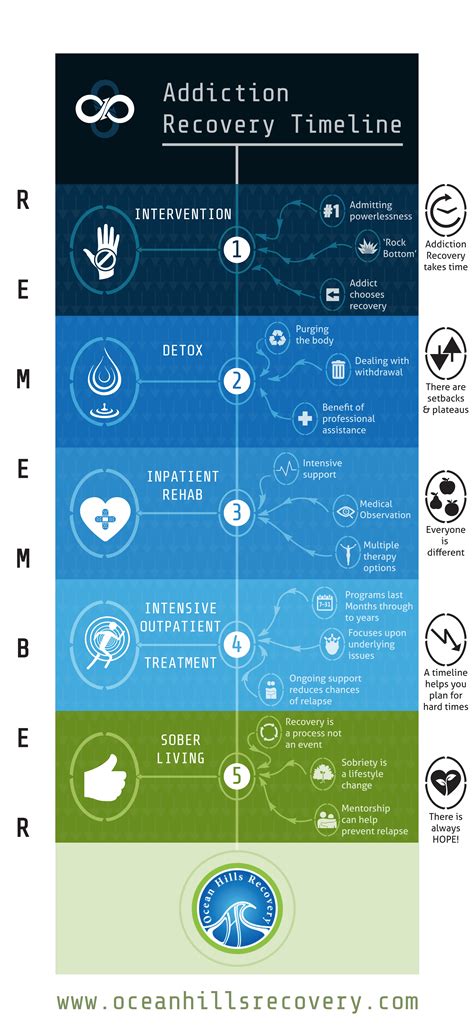Intro
Heal bruised ribs with 6 effective methods, including pain management, breathing exercises, and protective gear, to reduce rib pain and inflammation, promoting faster recovery from rib injuries and fractures.
Bruised ribs can be a painful and debilitating injury, making everyday activities like breathing, coughing, or moving around a challenge. The importance of treating bruised ribs properly cannot be overstated, as it can significantly reduce the recovery time and alleviate discomfort. Understanding the severity of the injury and the appropriate treatment options is crucial for individuals who have suffered from bruised ribs due to a fall, sports injury, or any other accident.
The topic of treating bruised ribs is multifaceted, involving a combination of medical care, self-care, and sometimes physical therapy. It's essential to approach this topic with a comprehensive mindset, considering both the immediate relief of symptoms and the long-term recovery process. By exploring the various methods and techniques available for treating bruised ribs, individuals can make informed decisions about their care, potentially reducing the risk of complications and enhancing their overall well-being.
Treating bruised ribs effectively requires patience, as the healing process can take several weeks. During this time, it's vital to prioritize rest, use appropriate pain management strategies, and follow medical advice to ensure the injury heals correctly. Moreover, understanding the difference between bruised ribs and more severe injuries, like broken ribs, is critical to receive the right treatment. The following sections will delve into the specifics of treating bruised ribs, covering a range of topics from initial assessment to recovery strategies.
Treatment Options for Bruised Ribs

When it comes to treating bruised ribs, the approach often involves a multi-faceted strategy that includes pain management, protection of the injured area, and rehabilitation exercises. The primary goal is to reduce discomfort, prevent further injury, and promote healing. Here are some key treatment options:
- Pain Management: Over-the-counter pain relievers like acetaminophen (Tylenol) or ibuprofen (Advil, Motrin) can help manage pain and reduce inflammation. In some cases, a doctor may prescribe stronger pain medication.
- Rest and Protection: Avoiding activities that aggravate the injury is crucial. Using a rib brace or wrap can help protect the ribs and reduce movement that causes pain.
- Breathing Exercises: Deep breathing exercises can help prevent pneumonia and promote healing by keeping the lungs expanded and healthy.
Importance of Medical Evaluation
A medical evaluation is essential to determine the extent of the injury and rule out more severe conditions. A doctor can assess the injury through physical examination and may use imaging tests like X-rays or CT scans to confirm the diagnosis and check for any complications.Self-Care Strategies for Bruised Ribs

In addition to medical treatment, several self-care strategies can help manage the discomfort and support the healing process of bruised ribs. These include:
- Applying Ice: Ice packs can help reduce pain and inflammation, especially in the initial stages after the injury.
- Elevating the Head: Sleeping with the head elevated can help reduce discomfort and make breathing easier.
- Staying Hydrated: Drinking plenty of fluids can help thin out mucus, making it easier to cough up, which is important for preventing respiratory complications.
Nutrition and Recovery
A balanced diet rich in nutrients is vital for the recovery process. Foods high in protein, vitamins, and minerals can help promote healing and support overall health. Additionally, staying hydrated by drinking plenty of water is essential for recovery.Physical Therapy for Bruised Ribs

In some cases, physical therapy may be recommended to help regain strength and mobility in the chest and shoulder muscles, which can become stiff due to prolonged inactivity. A physical therapist can design a customized exercise program that gradually increases in intensity, helping to improve range of motion and reduce pain.
- Breathing Exercises: Techniques to improve lung expansion and prevent atelectasis (collapse of lung tissue).
- Stretching and Strengthening: Exercises tailored to improve flexibility and strength of the muscles around the ribs, shoulders, and back.
Preventing Future Injuries
Preventing future injuries involves a combination of lifestyle changes and protective measures. Wearing appropriate protective gear during sports, improving home safety to prevent falls, and maintaining a healthy weight can reduce the risk of bruising or breaking ribs.Recovery Timeline for Bruised Ribs

The recovery time for bruised ribs can vary depending on the severity of the injury. Generally, it can take anywhere from a few weeks to a couple of months for the bruising to heal completely. Understanding the recovery timeline can help individuals plan their rehabilitation and set realistic expectations.
- Mild Bruising: May heal within 2-4 weeks.
- Moderate to Severe Bruising: Can take 6-8 weeks or longer to heal.
Complications and When to Seek Help
While most cases of bruised ribs heal without complications, it's crucial to be aware of signs that may indicate a need for immediate medical attention. These include difficulty breathing, severe chest pain, or signs of infection.Alternative Therapies for Bruised Ribs

Some individuals may find relief from alternative therapies, although it's essential to consult with a healthcare provider before starting any new treatments. These can include acupuncture, massage therapy, or herbal remedies that aim to reduce pain and inflammation.
- Acupuncture: Can help reduce pain by stimulating certain points on the body.
- Massage Therapy: Gentle massage techniques may help relax tense muscles and improve circulation.
Integrating Alternative Therapies with Conventional Care
When used in conjunction with conventional medical care, alternative therapies can provide additional relief and support the healing process. However, it's vital to discuss these therapies with a healthcare provider to ensure they are safe and appropriate.Coping with the Emotional Impact of Bruised Ribs

The injury can also have an emotional impact, particularly if it results in a significant change in lifestyle or activity level. Coping strategies such as seeking support from family and friends, practicing stress-reducing techniques, and focusing on the aspects of life that are still enjoyable can help manage the emotional challenges.
- Support Groups: Joining a support group, either online or in-person, can provide a sense of community and understanding.
- Mindfulness and Meditation: Practices like mindfulness and meditation can help reduce stress and improve mood.
Maintaining a Positive Outlook
Maintaining a positive outlook is crucial during the recovery process. Focusing on small achievements, setting realistic goals, and celebrating progress can help keep motivation high and support overall well-being.To further assist with understanding and treating bruised ribs, let's address some frequently asked questions:
How long does it take for bruised ribs to heal?
+The healing time for bruised ribs can vary, typically ranging from a few weeks to a couple of months, depending on the severity of the injury.
What are the best pain relief options for bruised ribs?
+Over-the-counter pain relievers like acetaminophen or ibuprofen are often recommended. In some cases, a doctor may prescribe stronger pain medication.
Can I exercise with bruised ribs?
+It's generally recommended to avoid strenuous activities and exercises that may exacerbate the injury. However, gentle exercises like deep breathing and light stretching, as advised by a healthcare provider, can be beneficial.
As we conclude our discussion on treating bruised ribs, it's clear that a comprehensive approach, combining medical care, self-care strategies, and sometimes alternative therapies, is key to a successful recovery. We invite you to share your experiences, ask questions, or provide feedback on this topic. Your engagement can help others who are navigating similar challenges, offering a supportive community and valuable insights. Whether you're seeking immediate relief from symptoms or looking for long-term recovery strategies, remember that patience, persistence, and the right guidance are essential for healing and regaining your full strength and mobility.
